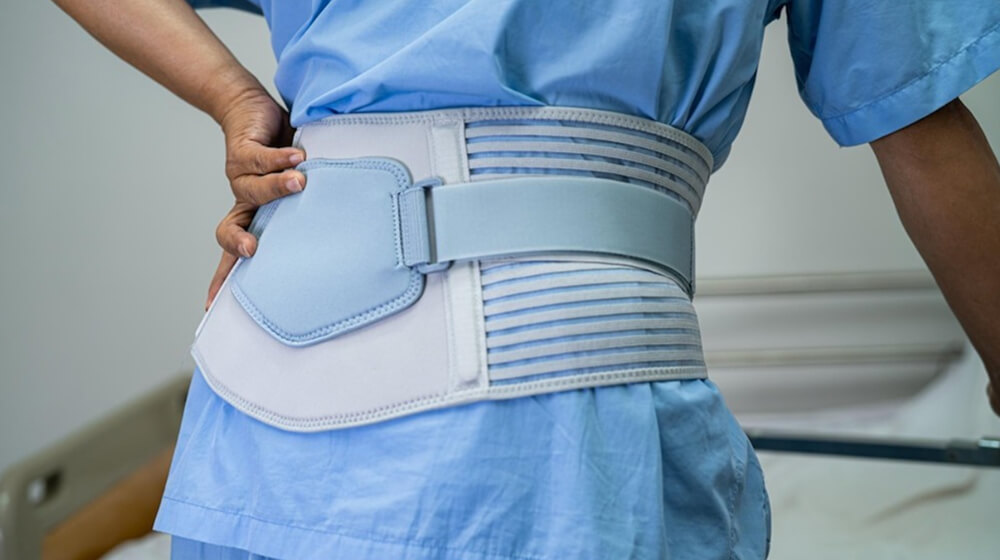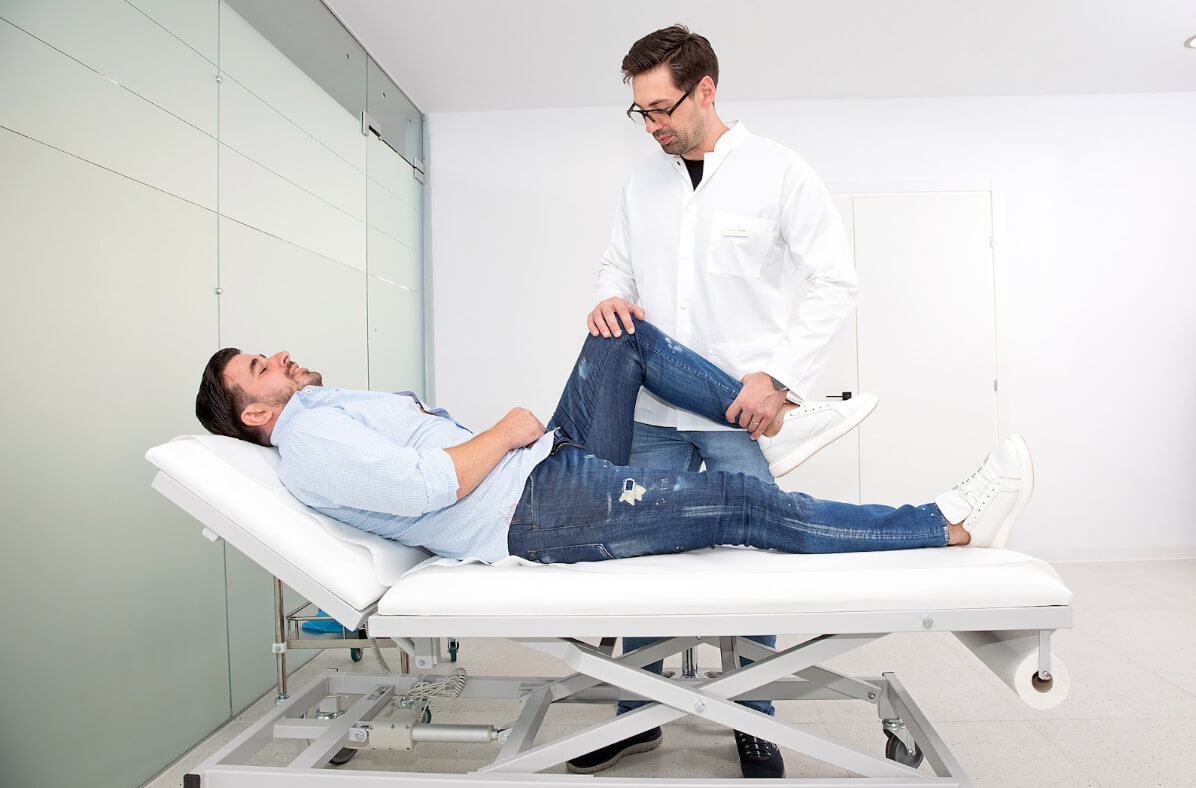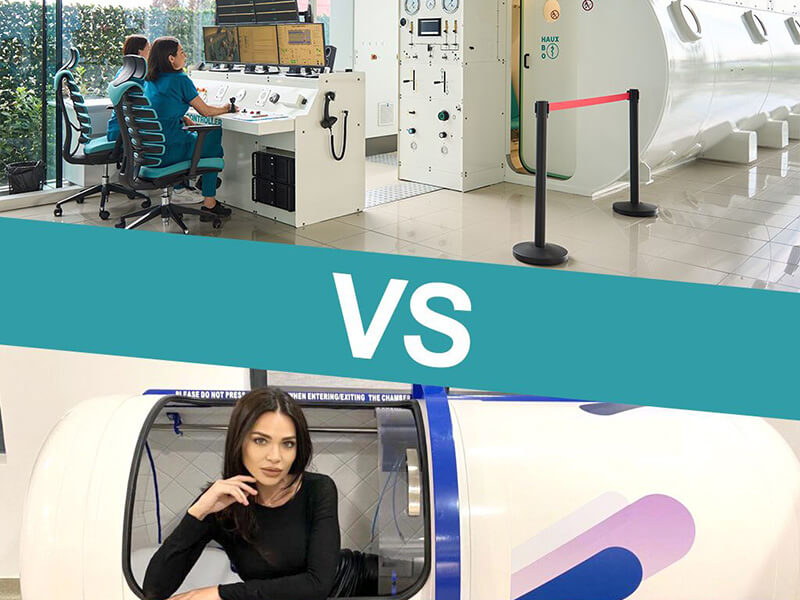
Article reviewed by: Dr. Sturz Ciprian, Dr. Tîlvescu Cătălin and Dr. Alina Vasile
Article updated on: 21-04-2025
5 essential exercises for complete recovery after hip surgery
- Before any exercise: listen to your body and specialist's advice
- Gentle ankle movement for activated circulation
- Heel slides, for joint mobility
- Tighten glutes for strength
- Straight leg raises, for balance
- Partial squats, for returning to daily activities
- Oxygen – an ally in the recovery process
- Complete recovery starts from balance
- Every step counts
Recovery after hip surgery is like a journey where every step matters. Whether you've undergone hip replacement or bone reconstruction, the path to regaining mobility begins with a little patience and a clear strategy. It's not just about walking again – it's about regaining confidence in your body and the freedom to move without fear. A well-designed recovery plan, with appropriate exercises and therapies that support deep healing, such as hyperbaric oxygen therapy, can completely transform this experience. It's the difference between a difficult period and one with visible progress, step by step.
Before any exercise: listen to your body and specialist's advice
Even if the enthusiasm to recover quickly is high, it's essential to know that each body has its own healing rhythm. Before starting any exercise program, it's important to get approval from your orthopedic doctor or physical therapist. Some movements, although they seem harmless, can put pressure on the operated hip or trigger unnecessary pain if not correctly chosen or executed. Evaluating your general condition, mobility, and degree of inflammation is crucial to adapt the exercises to your real needs. A correct start prevents complications and ensures efficient recovery without regression.
Gentle ankle movement for activated circulation
Immediately after the intervention, one of the main objectives is resuming circulation in the lower limbs to prevent blood clot formation. Ankle exercises, flexions and extensions of the foot in a lying position, activate the muscles and stimulate blood flow. Do this 10-15 times per hour in the first days after surgery. These seemingly trivial movements are, in fact, the first signs that your body begins to work for its own healing.
Heel slides, for joint mobility
Heel slides are excellent for regaining hip and knee mobility, especially in the first weeks after the intervention, when the body needs gentle but effective movement. These exercises don't put excessive pressure on joints, but gently stimulate movement and contribute to reducing stiffness. For example, in a lying position, you can gently pull your heel toward you on a smooth surface – a blanket or a plastic sheet can help at first for easier sliding. If you feel discomfort, use a pillow or soft cloth under your heel. Each slide is like a signal sent to the body that it can begin to recover.
Tighten glutes for strength
Glutes are essential in maintaining hip stability and supporting each step taken with confidence. A simple, but effective exercise is isometric contraction. You need to tighten your gluteal muscles while lying on your back, hold for a few seconds, and then relax. It's like an "invisible" workout, but with a profound impact on pelvic stability.
Straight leg raises, for balance
Equally valuable are straight leg raises: with one knee bent and the other leg slightly raised, you support not just the thigh, but strengthen the entire trunk area. Think of this exercise as a general rehearsal for climbing stairs without fear or walking without assistance. The important thing is to do these movements slowly, consciously, with frequent breaks, and to increase the intensity gradually, only at the therapist's recommendation, so everything remains safe and efficient.
Partial squats, for returning to daily activities
Once the pain decreases and muscles begin to respond, exercises such as partial squats become useful for balance and strength in the lower limbs. They should be performed with support, either on a frame or next to a wall, to avoid losing balance. It's important not to force the joint, and that the correct form of movement is maintained throughout.

Oxygen – an ally in the recovery process
In parallel with physical rehabilitation, more and more specialists recommend hyperbaric oxygen therapy (HBOT) as an integral part of the post-operative medical recovery process, especially after orthopedic interventions. This method involves inhaling pure oxygen in a pressurized chamber, which allows oxygen to penetrate deep into the affected tissues.
Several international clinical studies, as well as the experience of specialized centers in Romania, have shown that hyperbaric therapy accelerates bone and tissue healing, reduces inflammation and edema, and helps diminish post-operative pain. Oxygen becomes a "nutrient" for cells involved in bone and connective tissue regeneration, supporting the activity of osteoblasts (cells that form bone) and fibroblasts (those that produce collagen).
Patients who included hyperbaric therapy in their rehabilitation plan observed faster recovery, reduced pain, and a safer resumption of daily activities. For example, a documented case of a patient operated for femoral neck fracture, published in a Romanian medical journal, shows that after 20 sessions of HBOT, bone healing was complete in 5 weeks, compared to 8 weeks for patients who followed only the classical protocol.
These findings are also supported by international meta-analyses, which highlight the positive effects of hyperbaric oxygen therapy in orthopedic recovery. Studies published in journals such as Journal of Orthopaedic Research and International Journal of Hyperbaric Medicine show that hyperbaric therapy can significantly stimulate osteogenesis, reduce inflammation, and accelerate tissue regeneration, especially in cases of fractures, avascular necrosis, and major surgical interventions.
Complete recovery starts from balance
Besides physical exercises and oxygen therapy, the general lifestyle matters enormously. A diet rich in protein, calcium, vitamin D and C supports healing. Adequate hydration, quality sleep, and avoiding smoking are other factors that make the difference between slow and efficient recovery.
Every step counts
Recovery after hip surgery is a complex process, but absolutely achievable with the help of a well-structured plan. Appropriate exercises, constant medical support, and complementary therapies such as hyperbaric oxygen therapy can accelerate healing and transform the months of recovery into an active period with visible results. With confidence, perseverance, and the help of the right medical team, each day brings you closer to the mobility you desire.




